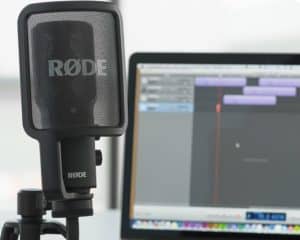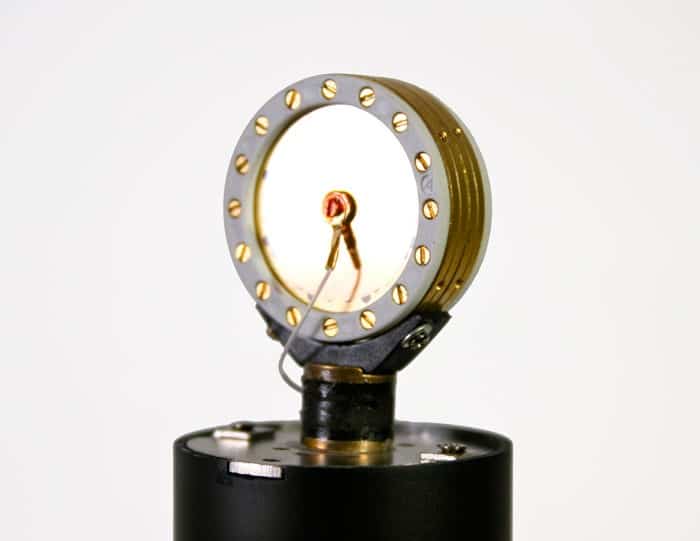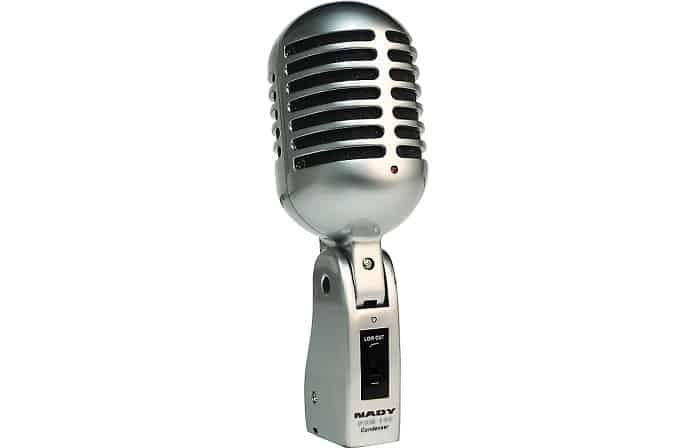 Microphones, just like any other piece of technology, has evolved and branched out into many niche types.
Microphones, just like any other piece of technology, has evolved and branched out into many niche types.
These devices are used in a wider array of industries where sound recording is necessary, with the most prominent one being the music industry.
As you can imagine, every single sound you hear in a song had to be recorded somehow unless we’re talking about electronic music. Let’s say you’re listening to a classic rock song.
The vocals, however many there are, had to be recorded along with guitars, bass guitar, drums, and every other instrument that is included on the track. Rarely are songs recorded on the fly when a whole band is set in a studio and told to perform.
In a usual scenario, every instrument and voice is recorded separately. Recording all of these things requires a lot of microphones and a lot of work positioning them for the best results.
We can divide the microphones used for music in two large categories. Condenser microphones and dynamic microphones. Each of these types offers certain attributes and benefits which the other doesn’t.
Today we will focus on condenser microphones, and take a closer look at how these devices operate, what they can and can’t do, and what they are used for most often.
How Does it Work?
In general, all microphones are transducers by nature. This means that they take one form of energy and convert it into another. In our case, it’s the mechanical energy that is the result of the sound your voice or instrument makes that is being converted into electrical energy.
Dynamic vs Condenser
The sound we want to record hits a thin conductive membrane which resonates, just like a drum would, and that oscillation of the membrane is converted into electrical energy.
Condenser microphones work the same way, only they use a capacitor to convert this mechanical energy into a signal that is then being sent to your recording device. When the sound wave hits the conductive membrane of the condenser microphone, the capacitance inside the circuitry changes slightly.
The membrane, or diaphragm as it’s usually called, is connected to an impedance converter that amplifies this change in capacitance and delivers a signal that is strong enough to reach the recording device.
 Having this small amplifier inside a microphone means that the whole thing needs some kind of power source for it to work. This power source can either be what is called Phantom power, a 48V line that you can find on just about any mixer or microphone pre-amp. Or it can come in form of a battery.
Having this small amplifier inside a microphone means that the whole thing needs some kind of power source for it to work. This power source can either be what is called Phantom power, a 48V line that you can find on just about any mixer or microphone pre-amp. Or it can come in form of a battery.
Now that we know how a condenser microphone works, let’s talk about what it offers in terms of performance compared to other types of microphones that are available. As you’re about to find out, these microphones are simply invaluable in a professional recording studio.
What is it Used For?
Compared to other types of microphones that exist, condenser microphones are regarded as the most detailed and accurate form of a microphone. Naturally, exact performance will greatly depend on the specific model of the condenser microphone, but the bottom line still stands.
Condenser microphones are known for having a much wider and better frequency response and transient response compared to something like a dynamic microphone. This is why condenser microphones are almost always used for recording.
Due to their nature, they can pickup a broad range of voice depths with ease, and produce a very accurate recording. On the similar note, their rugged design allows them to pickup really loud sounds without losing the quality.
When we say loud sounds, we mean recording guitar amps, drums, or anything of that nature. Every self respecting recording studio in the world has a number of condenser microphones they use for this purpose.
There are two types of condenser microphones that need to be defined before we continue. Large diaphragm microphones have a much larger membrane that is somewhat slower, but very good at picking up low frequency sounds. These are usually used for recording voices in a studio
 Small diaphragm condenser microphones have a smaller membrane which also has a faster response. This type of condenser microphone does a much better job at capturing and reproducing the fast high frequency sounds. Think acoustic guitars, electric guitars, amps and similar.
Small diaphragm condenser microphones have a smaller membrane which also has a faster response. This type of condenser microphone does a much better job at capturing and reproducing the fast high frequency sounds. Think acoustic guitars, electric guitars, amps and similar.
There are several drawbacks to condenser microphones. They are somewhat delicate by nature, complex in design, and require a power source at all times. The diaphragm found in these microphones is really thing and made of metal alloys.
You can easily rupture it if you don’t handle the microphone with care. This takes away a lot of practical versatility. Oh, and they are also pretty expensive. You will spend a lot of money on a professional condenser microphone.
There are some affordable condenser microphones on the market, but with this technology it all comes down to you get what you pay for.
Being complicated and somewhat fragile, condenser microphones are rarely ever used on stage during a live performance. You might see them hanging overhead the drummer, but that’s about it. Dynamic microphones are much more suitable for that use.
Should you get a condenser microphone?
If you are doing any kind of recording at home, a condenser microphone will definitely work for you. Many people use these microphones for podcasting, home recording, and similar situations where you deal with voice recording.
They are not the cheapest option, but if you want the best quality you can get, going with a condenser microphone is the way to go.
To summarize..
Condenser microphones are used every day, and allow us to enjoy our favorite music the way we do. They are not the most rugged thing out there, but the performance these devices offer is invaluable to anyone who is thinking about doing voice/instrument recording, both at home or in a more professional environment.
So to briefly summarize.
What is a condenser microphone used for? Just about everything in the music business.
